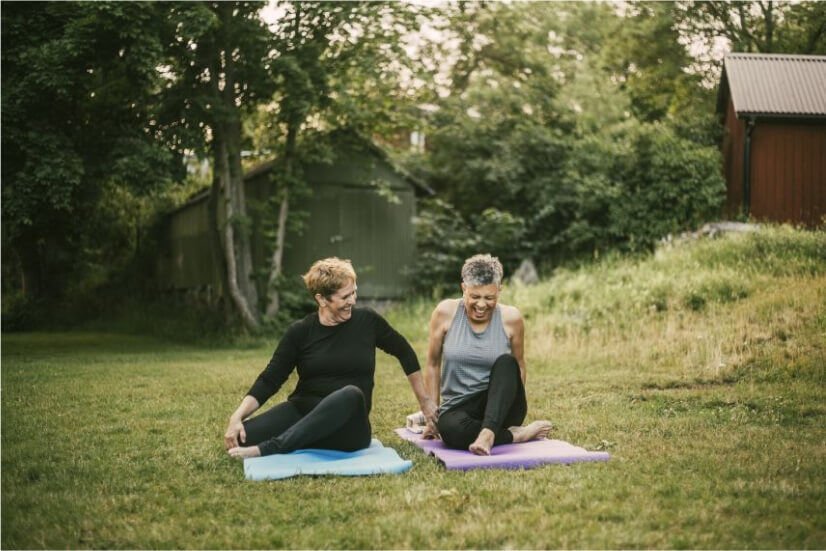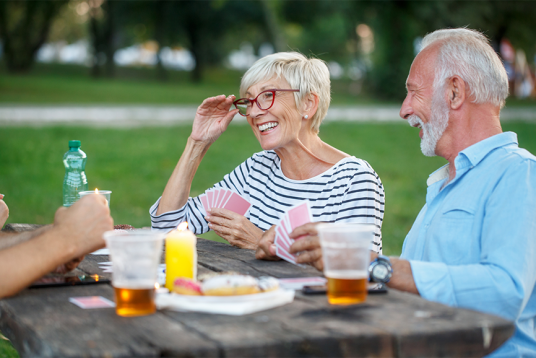Incontinence
Six healthy practices for incontinence
by Molicare March 15, 2022

Did you know that certain exercises – from pelvic floor exercises to bladder control practice – could help strengthen your muscles and improve incontinence? Here are the top exercises known to improve an overactive bladder and reduce incontinence's impact on your life.
So, what are the best exercises to improve incontinence?
1. Pelvic floor exercises
Pelvic floor exercises strengthen the pelvic floor muscles and are useful for improving bladder control in both men and women. The pelvic muscles are the layer of muscles that span from the pubic to the tailbone and support the bladder, bowel, and uterus. You can increase the strength of your pelvic floor muscles with a regular exercise programme. Pelvic floor exercises require no special equipment and can be performed sitting, standing, or lying down.
Pelvic Floor exercises for MEN: Download here
2. Bladder training
In addition to doing Kegels and pelvic floor exercises, you can reduce the urge to urinate by retraining your bladder. Bladder training involves holding off as long as possible before urinating. While it may feel uncomfortable at first, bladder training gets easier over time and can help train your bladder to wait longer between toilet breaks.
3. Electrical stimulation
Electrical stimulation can also be used to strengthen the muscles in the pelvic floor. This technique involves using an electric device to make your pelvic floor muscles contract, increasing the muscle tone over time. According to research published in the National Library of Medicine[1], electrical stimulation is “an effective and well-tolerated treatment for overactive bladder”.
4. Pilates
Pilates is a low-impact exercise that can help rehabilitate the muscles in your pelvic floor. There are several Pilates exercises that can safely provide passive pelvic floor engagement. These include lunges, squats, side-lying bent-knee lifts, and side-lying straight-leg circles, among others. Be sure to consult a certified Pilates instructor before starting an exercise programme.
5. Walking
Walking is a gentle exercise that can help stimulate peristaltic movement and prevent urinary retention and constipation (which can place an unnecessary strain on your bladder and cause overflow urinary incontinence). However, it's a good idea to avoid high-impact exercises such as jogging and aerobics, which can strain your pelvic muscles.
6. Eating well
Finally, eating a plant-based, high-fibre diet should be part of every incontinence exercise program. If you're overweight, excess weight can weaken pelvic floor muscles and lead to incontinence. In many cases, incontinence symptoms may improve or disappear completely by making a commitment to eating healthier.
Always seek the guidance of your doctor or other qualified health professional with any questions you may have regarding your health or a medical condition.
More related articles

Alcohol and the impact it has on your bladder and bowels
While you might be familiar with the health detriments that alcohol can have on your heart, kidney and liver, you may not be aware of how it impacts your bladder and your bowels. Drinking alcohol regularly can cause a whole series of illnesses that affect

